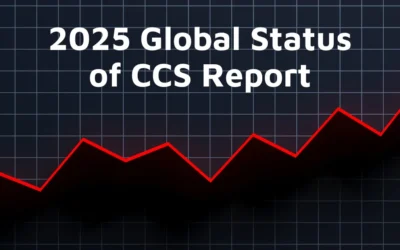Military bases can play a role in the carbon credit market by reducing their greenhouse gas (GHG) emissions and earning carbon credits for doing so. Carbon credits are a type of market-based mechanism that allows entities to offset their GHG emissions by investing in projects that reduce or remove emissions elsewhere. Each carbon credit represents one metric ton of carbon dioxide equivalent (CO2e) that has been avoided, reduced, or removed from the atmosphere.
Military bases can reduce their emissions by implementing energy-efficient technologies, using renewable energy sources, and improving their transportation practices, among other measures. By doing so, they can earn carbon credits, which they can then sell to other entities that need to offset their own emissions.
In addition to reducing their own emissions, military bases can also invest in carbon offset projects, such as reforestation or renewable energy projects, to further reduce their carbon footprint and earn additional carbon credits.
Overall, incorporating carbon credits into their sustainability strategies can benefit military bases by reducing their environmental impact and generating revenue through the carbon credit market. Dynamic Carbon Credits supports the miliary by supplying expert consulting services and our “DCC Buying Platform” as a resource that military professionals can use to gain access to high value carbon credits. Let us help you take the guess work out of this industry.
Let’s Work Together!
Dynamic Carbon Credits is ready to show you how to solve your most pressing business challenges. Contact us today and begin seeing the results.





